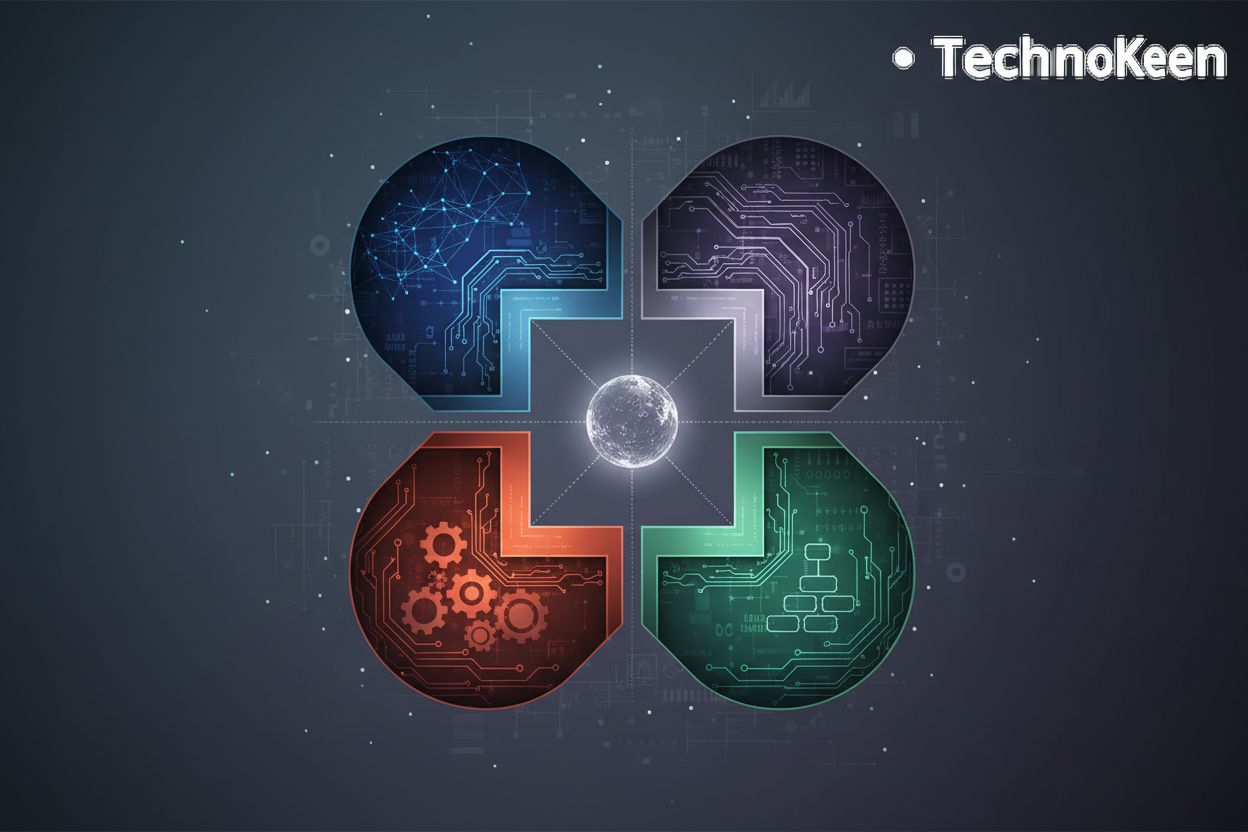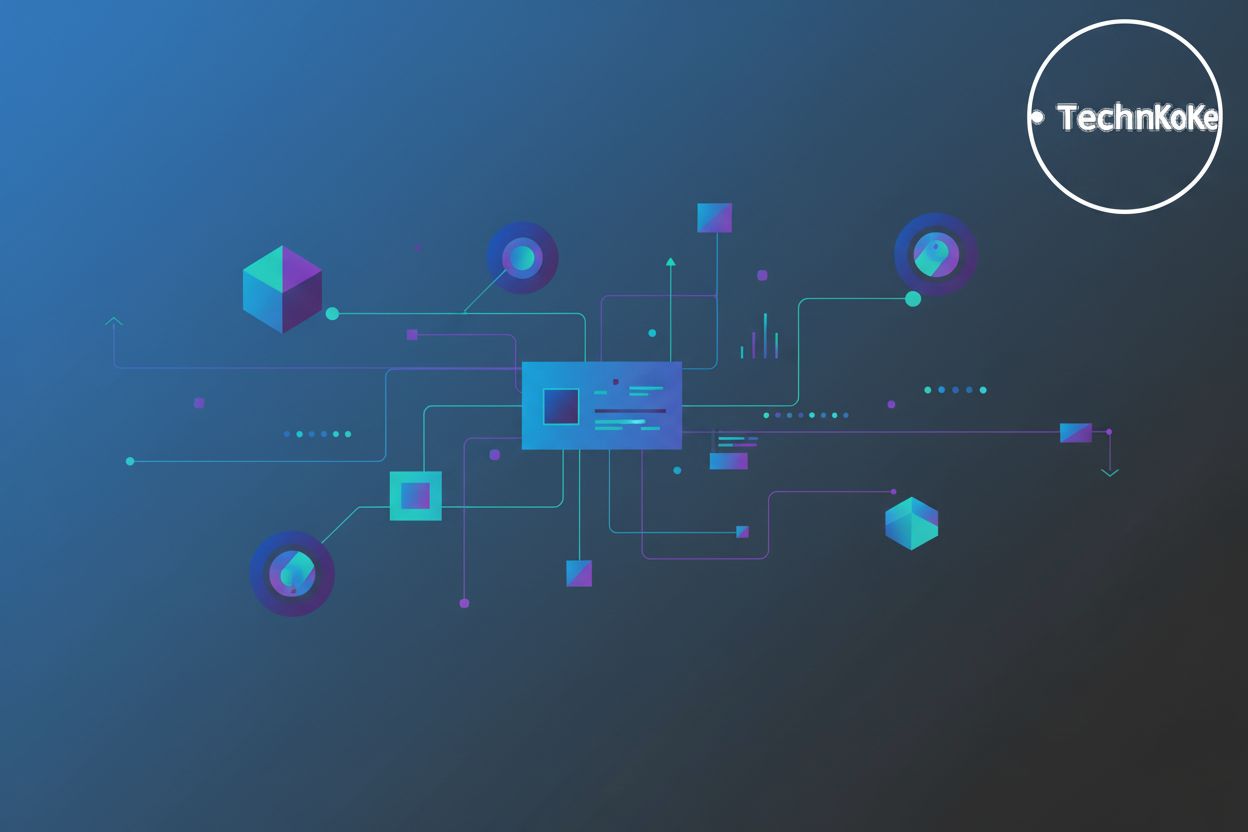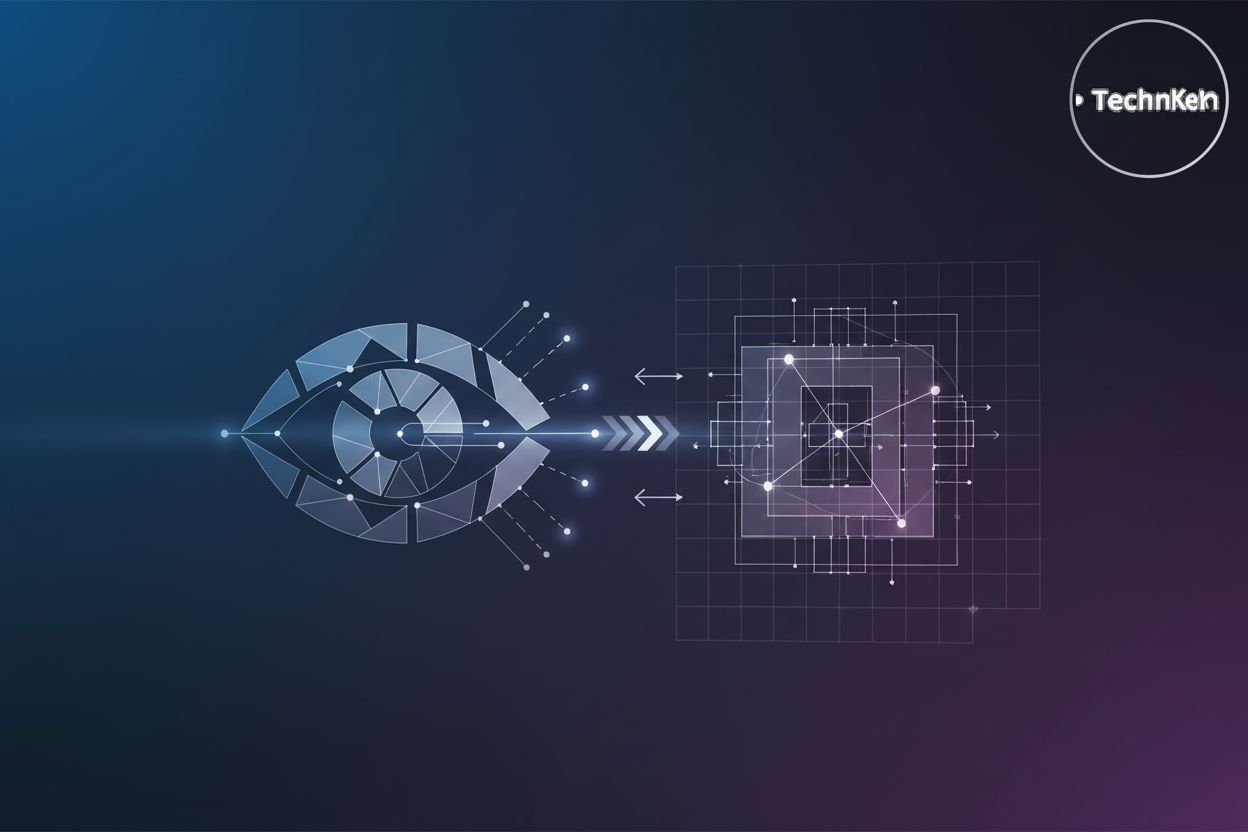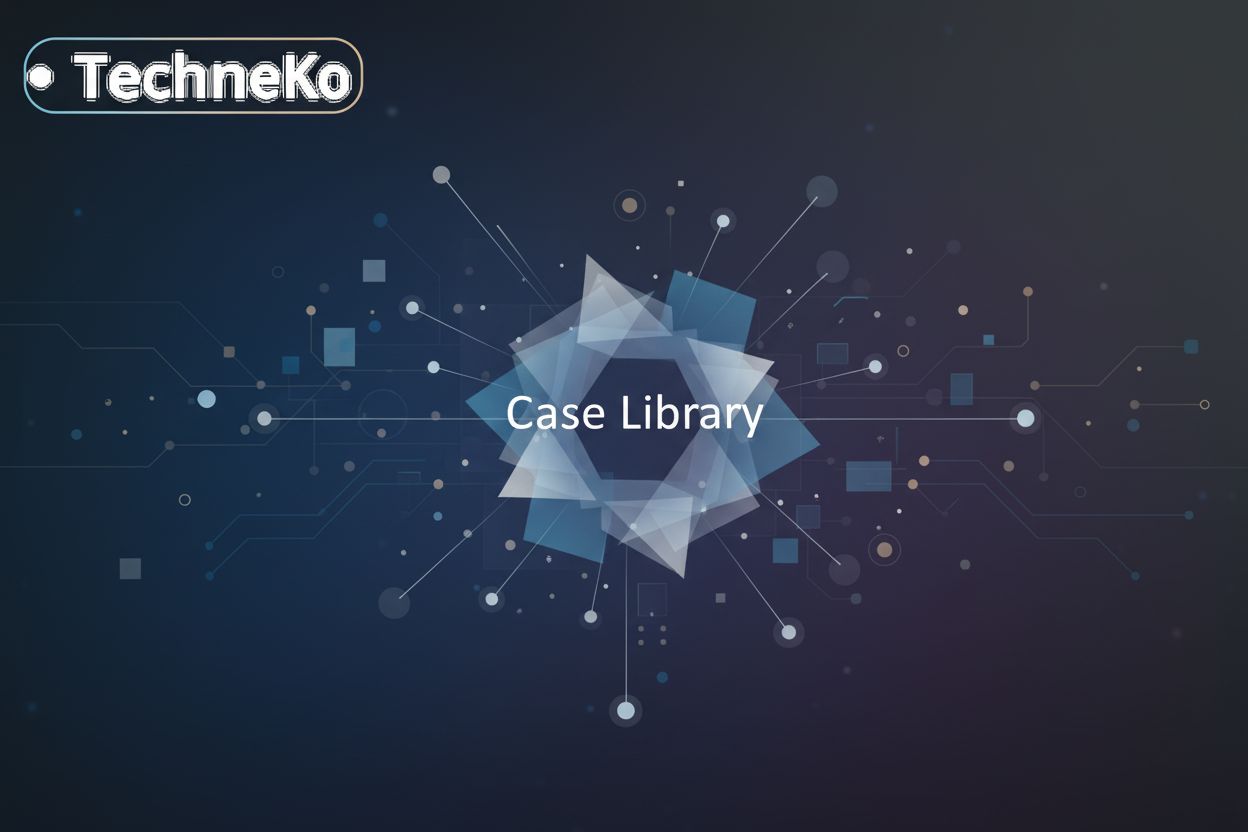AI Agent Identity and Access Management (AI-IAM)
TL;DR
The Rise of AI Agents: Why IAM Needs a Revolution
Okay, here's a shot at that intro section. i tried to make it sound, y'know, human-ish.
The robots are comin', and they need logins too. It's not just people anymore–it's ai agents doing work, and that throws a wrench in how we handle access, doesn't it?
- ai agents are basically software that does stuff on its own. Think virtual assistants, those customer service bots that never sleep, and even tools crunching data automatically.
- They changing how things get done, automating tasks and workflows in ways we hadn't really planned for.
- For example, in healthcare, an ai agent might schedule appointments or analyze patient data, while in retail, they could manage inventory or personalize shopping experiences.
Traditional iam systems just aren't cut out for this new reality. Static roles and permissions? Yeah, those don't work when agents are jumping between tasks every few seconds. Plus, current systems way over-provision access, which is a security nightmare waiting to happen. This happens because traditional Role-Based Access Control (RBAC) often assigns broad permissions to roles, and since AI agents can perform a wide variety of tasks, they're often granted access to more resources than they actually need for any given operation. This over-provisioning means a compromised AI agent could potentially access and misuse sensitive data or systems it shouldn't, leading to data breaches, unauthorized modifications, or service disruptions. As Identity Defined Security Alliance notes, integrating AI agents requires rethinking traditional IAM approaches to enhance security controls and monitoring.
- Current iam systems aren't built for the dynamic nature of ai agents.
- Static roles and permissions don't cut it when agents switch tasks rapidly.
- Current systems often over-provision access, creating security risks.
So, what's the solution? Well, it's time for an iam revolution, and next up, we'll be diving into what that looks like.
Core Challenges in AI-IAM: Addressing New Security Vulnerabilities
Alright, let's tackle these ai agent security issues, yeah? It's not just about giving them access, but making sure things don't go sideways.
ai agents pop up and disappear fast, unlike regular users. Think seconds, not months. Managing that is a headache, right?
Enterprises could have millions of these agents. Way more than actual employees. (95%+ of people employed at large companies would never be able ...) Current systems just aren't built to handle that kinda scale.
This creates a huge management overhead – keeping track of who has access to what becomes a nightmare, trust me.
These agents delegate tasks to other agents, creating trust chains. securing these chains? a real challenge, i tell ya.
A trust chain is essentially a series of authenticated relationships between agents, where each agent vouches for the next in a sequence of delegated tasks. For example, Agent A is authorized to perform Task X. Agent A delegates a sub-task of Task X to Agent B. Agent B then delegates a part of that sub-task to Agent C. The trust chain ensures that Agent C's actions are traceable back to Agent A's original authorization, and that each delegation step was legitimate.
To establish these chains, strong authentication and authorization mechanisms are crucial at each hop. This might involve cryptographic signatures, secure token exchange, or verifiable credentials. The security of the chain relies on the weakest link; if one agent's credentials are compromised, the entire chain can be jeopardized.
Auditing these chains involves meticulously logging every delegation event, including the identities of the agents involved, the permissions granted, the timestamp, and the specific task or resource accessed. This creates a "digital breadcrumb trail" that allows security teams to trace the origin of an action, identify unauthorized access, and understand the flow of operations. For instance, if a sensitive data breach occurs, the audit trail would show which AI agent accessed the data, which agent authorized that access, and so on, all the way back to the initial authorized request.
"Multi-hop relationships" specifically refers to these sequences of direct or indirect interactions between multiple agents. Instead of a direct request from Agent A to Resource R, it's Agent A -> Agent B -> Agent C -> Resource R. Each arrow represents a hop in the relationship.
ai agents need identities that are just-in-time and only for specific tasks. Persistent roles? nope, not gonna work.
It's all about giving access only when needed, and nothing more. Over-provisioning is a big no-no.
This requires dynamic policy engines that can adapt in real-time. It's gotta be flexible and quick to react to changing circumstances, ya know?
So, we've hit some core challenges. Let's dive deeper into addressing these new security vulnerabilities, shall we?
Key Components of an AI-Ready IAM Framework
To address these critical challenges, an AI-ready IAM framework must incorporate several key components. Alright, let's dive into the nitty-gritty of building an ai-ready iam framework, yeah? It's not just about throwing some tech together; it's about rethinking how we handle access.
Imagine identities popping up only when needed – kinda like a digital flash mob. JIT provisioning is all about creating dynamic identities on the fly.
- This means identities are created only when an ai agent needs access to a resource, and they're tied to specific tasks. Think of it as giving a key only for the duration of a specific job.
- it also binds those identities to tasks and even delegation chains, so you know who's responsible for what, all the way down the line.
- The best part? Once the task is done, the identity is retired. No lingering credentials, no leftover access – just clean and secure.
- Plus, integrating this with existing hr and it workflows makes everything smoother, ensuring ai agent identities are always connected to their owners. In this context, "owners" typically refer to the human operators, business units, or specific applications that are responsible for the AI agent's deployment, oversight, and ultimate accountability. The connection is maintained through automated workflows that link the AI agent's lifecycle (creation, task assignment, retirement) to the owner's identity and responsibilities within HR and IT systems.
Forget static roles; abac is all about making access decisions based on the here and now. It's like having a bouncer who checks your vibe before letting you in.
- abac looks at the context, risk, and agent behavior to decide who gets access. Is the agent acting suspiciously? Is the data highly sensitive? These factors come into play.
- it goes way beyond simple scopes and roles, enabling fine-grained policies that adapt to the situation.
- This approach lets you enforce Zero Trust at machine speed, ensuring that every access request is evaluated in real-time.
Think of authentication not as a one-time thing, but as a constant process. No more "set and forget" sessions.
- With continuous authentication, trust is constantly re-evaluated. The system is always checking to make sure the agent is still behaving as expected.
- This allows for dynamic policy enforcement based on real-time conditions. If something changes, access can be revoked or reauthorized on the spot.
- It's all about adapting to the situation as it evolves, ensuring that access is always appropriate.
So, that's the gist of it. Next up, we'll be looking at the exciting world of native promotion and how it can help secure your automation.
Implementing AI-IAM: A Phased Approach
Alright, let's talk about putting this AI-IAM stuff into practice, yeah? It's not a one-size-fits-all deal; it's more like a journey with a few key stops along the way.
First things first, ya gotta figure out where you're at right now.
- Evaluate your current iam maturity. This means taking a hard look at what you're already doing for identity and access – how good is it really?
- Identify gaps in ai agent management capabilities. Where are the holes in your current setup when it comes to handling ai agents? What's missing?
- Define security and compliance requirements. What rules do you have to follow? What standards do you need to meet? For AI agents, these might include:
- Data Privacy: Ensuring AI agents comply with regulations like GDPR or CCPA when processing personal data. This means anonymization, consent management, and data minimization.
- Auditability of Automated Decisions: Requirements to log and be able to explain how an AI agent arrived at a specific decision, especially in regulated industries.
- Bias Detection and Mitigation: Policies to ensure AI agents are not perpetuating or amplifying biases in their decision-making processes.
- Secure Model Deployment and Updates: Standards for how AI models are deployed, updated, and managed to prevent tampering or unauthorized modifications.
- Resource Usage Limits: Setting boundaries on computational resources AI agents can consume to prevent denial-of-service or cost overruns.
Okay, so you know where you're at. Now it's time to map out where you're going. Its about making a plan, and like, sticking to it.
- Develop ai-specific access policies. You can't just use the same old rules for these new agents, right? You need rules that are tailored for them.
- Design enhanced monitoring frameworks. Gotta keep an eye on these agents; what they're doing, how they're behaving. You need better ways to watch 'em.
- Create incident response procedures. What happens if something goes wrong? You need a plan for when things hit the fan.
Time to get this show on the road, you know?
- Implement enhanced iam controls. Put those new policies and monitoring systems into action.
- Configure ai-specific workflows. Set up the processes that let these agents do their thing securely.
- Establish monitoring systems and train staff. Get those eyes on glass and make sure everyone knows what they're looking at.
Now, with all these things in place, you're setting yourself up for a smoother transition into the ai-powered future.
Vendor Landscape: Leading the AI-IAM Charge
Okay, so who's leading the charge in this ai-iam revolution? It's not a one-horse race, that's for sure.
- Ping Identity is treating ai agents like first-class citizens, and it's about time. Their context-aware policies are key for dynamic identities, allowing them to grant access based on real-time conditions, which directly addresses the challenge of AI agents needing just-in-time access and adapting to changing circumstances.
- Okta is equipping developers with the tools they need to build secure ai workflows. Their support for asynchronous authorization is crucial for handling the scale of millions of AI agents and their rapid task switching, ensuring that authorization doesn't become a bottleneck.
- OneLogin is extending human iam principles to machine users, trying to create a unified identity management thing. This approach helps manage the complexity of AI agent identities and their relationships, contributing to better auditability and control over trust chains.
- Keycloak is giving developers fine-grained, flexible policies, which is great for customization. This flexibility is essential for implementing attribute-based access control (ABAC) for AI agents, allowing for highly specific and dynamic access decisions that align with Zero Trust principles. Their community-driven extensions can also foster innovation in addressing emerging AI-IAM challenges.
So, that's the vendor landscape for now.




